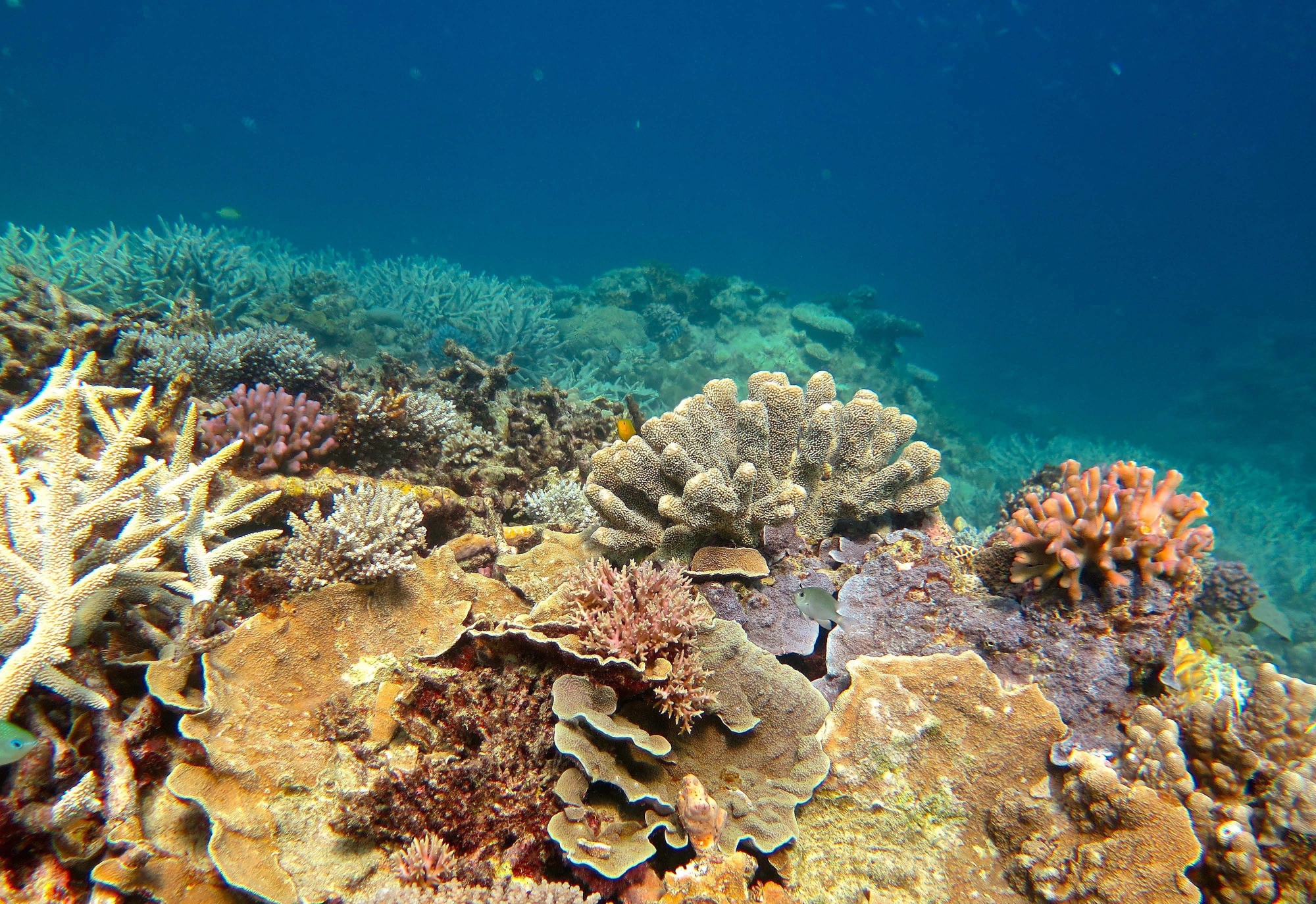La Grande Barrière de corail australienne a subi une hécatombe «catastrophique» de ses coraux pendant une vague marquée de chaleur en 2016. Elle menace une plus grande diversité de vie marine que ce qui avait été estimé jusqu’alors, prévenait, hier, une étude.
Environ 30% des coraux du vaste ensemble sont morts durant cette vague de chaleur, survenue entre mars et novembre 2016, le premier épisode de deux années consécutives de blanchissement. Inscrit au patrimoine mondial de l’Unesco en 1981, le récif s’étend sur environ 348 000 kilomètres carrés le long de la côte australienne. Il constitue le plus vaste ensemble corallien au monde.
Eaux trop chaudes
D’après l’étude publiée par la revue scientifique «Nature», le corail, qui sert d’habitat à d’autres créatures marines, a été durement touché par la hausse des températures de l’eau consécutive au réchauffement climatique.
Pendant le blanchissement de 2016, les coraux de la partie septentrionale de...
